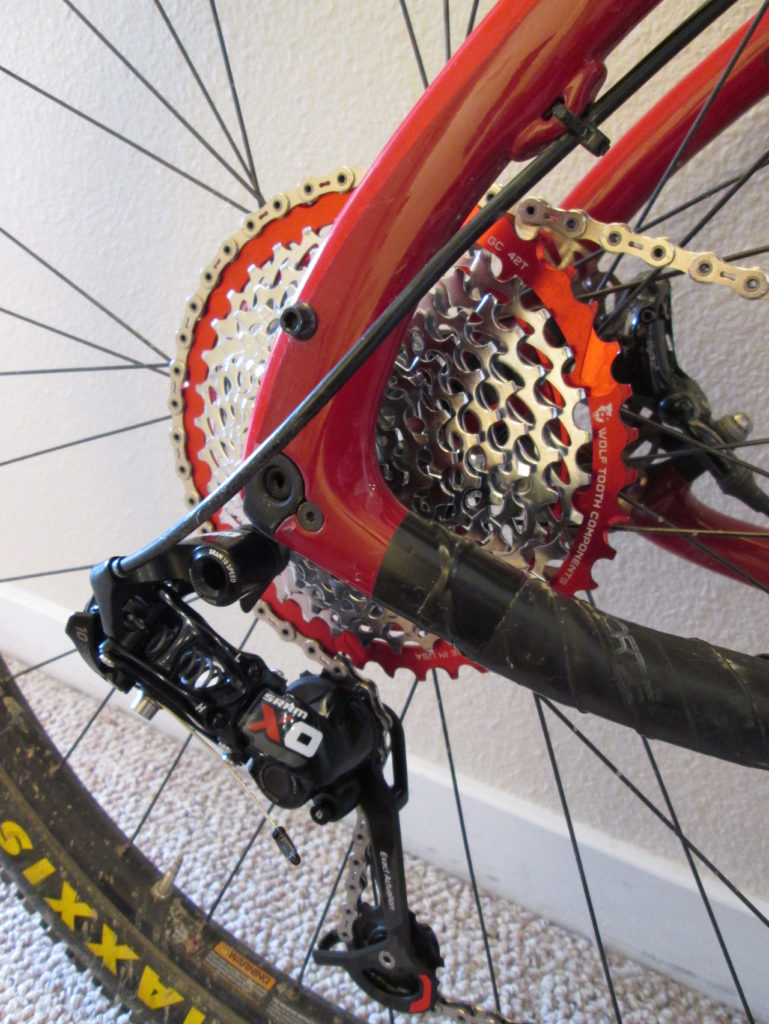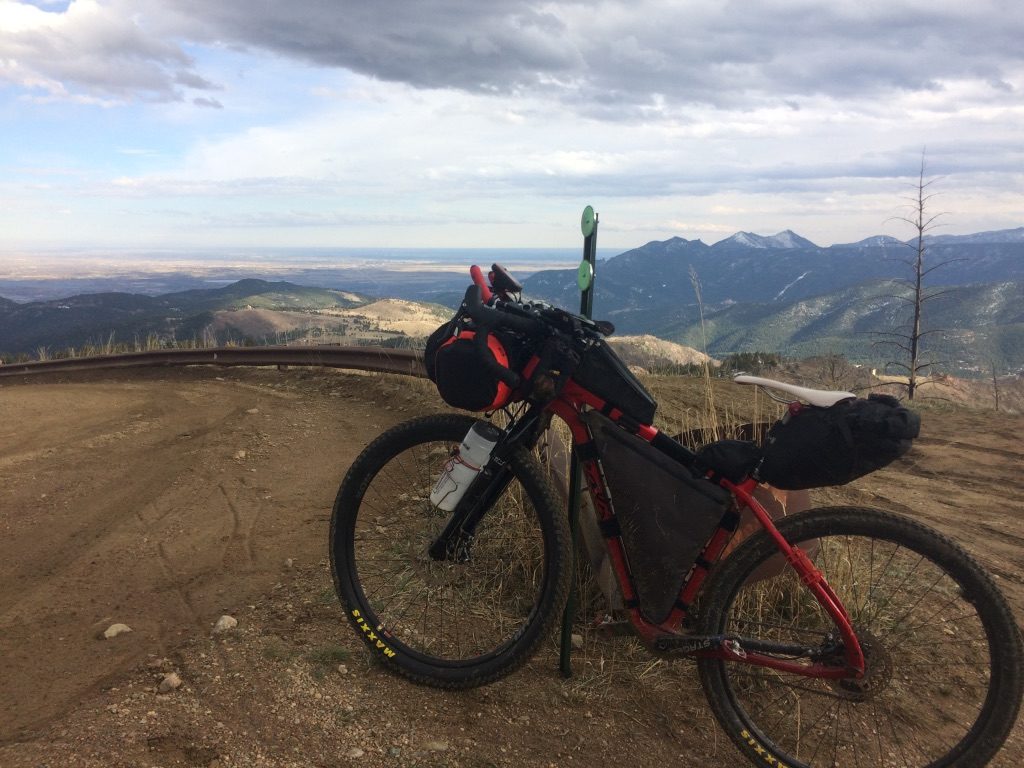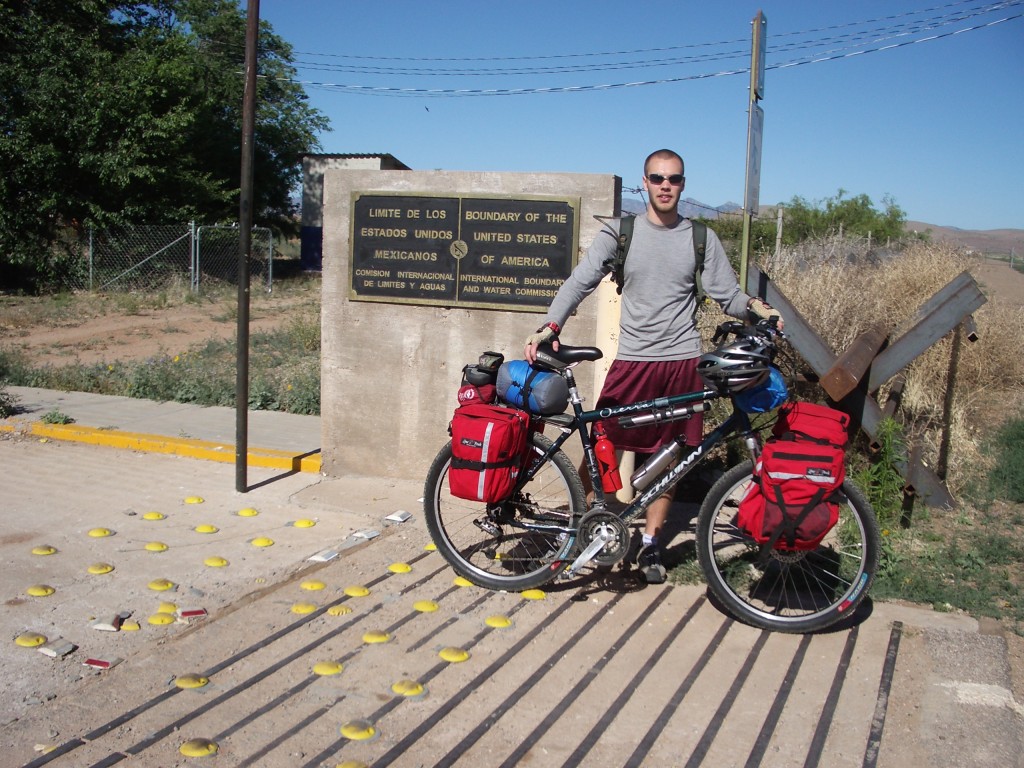April Training
I trained for the Tour Divide through April logging ~700 miles and ~50,000 feet of elevation gain. Most rides were gravel grinders in the Boulder/Longmont area. I feel that I’m a strong climber but struggle far more on longer days without large climbs/descents.
One of the harder rides was a loop from Boulder to Nederland via Flagstaff/Gross Res/Magnolia, then north on the P2P and back via Gold Hill and Sunshine. I carried 4.5L water and enough food for the entire day to simulate the TD more closely.
The month was capped with two back-to-back 75 mile rides – one with 6,600ft of elevation, the other with 2,900 ft of elevation. The first ride caused a lot of chafing, but I wasn’t smart enough to apply chamois cream. I really paid for that oversight the next day, which was a flatter “sit in the saddle and spin” kind of day. For the high ft/mile of the first day and soreness + butt pain the second day, I think the ride times and average speeds were pretty respectable: 11.4mph and 12.8mph moving average (9.9mph and 10.4mph overall average).
May Training
Things fell apart in May. Today is May 29th, and so far I’ve ridden 117 miles over 5 rides… I just lost motivation to train.
Change of Plans
Once again I’m not ready to race the Tour Divide.
In May I went through some personal things that were mentally and emotionally draining. I couldn’t bring myself to get on the bike. The longer I went without riding, the more guilty I felt, and the more I was worried about losing my fitness. I didn’t want to ride, because I’d see how far I had slipped in terms of fitness. It became a feedback loop.
In April I finalized my transportation to Antelope Wells. Balancing my girlfriend’s and parent’s schedule, I’m able to be dropped off at Antelope Wells on the morning of June 7 (the day before the Grand Depart). If I were heading southbound from Banff with the Grand Depart, I think the mid-pack camaraderie of “being in it together” would help forward progress and make the race worthwhile. Riding northbound, and leaving a day before everyone else made it feel not like a race. Since there are far fewer NoBo racers, I’d likely ride alone – maybe the entire way. Would I be able to push myself to the limit for 3+ weeks on my own? Do I want to?
I can imagine arriving at a great camping spot in the late afternoon. The racer pushes on. The tour-er can camp and cook a meal. What about when I arrive in cool towns like Del Norte, Salida, and Frisco? The racer stops at subway and a gas station or grocery store for resupply and continues riding ASAP. The tour-er can visit a brewery, enjoy a sit-down meal, and (gasp) even take a rest day. The racer values forward progress at the expense of almost everything else. They’re out there to test their physical and mental limits.
That’s not to say that racing is bad – maybe it’s not for me right now. I respect the dedication and willpower that racing the TD takes (and any other bikepacking race). I think I cling to the idea of racing the TD because I want to be seen as someone with the willpower to do hard things. But at the same time I don’t want to sacrifice so much on the “fun” side of it.
So WTF Dave? I went through this exact same thing 3 years ago. I decided then that there wasn’t enough balance between pushing myself and enjoyment. Earlier this year I thought that I was okay with it, but not so much anymore.
If my hesitation to racing the TD is the rigidity of forward motion at all costs, I shouldn’t race. A week into the race, I might pass through Salida and absolutely hate that I have to be in and out in 1-2 hours. That’s a recipe for quitting the race.
Why couldn’t I decide to tour all or part of the route? Is it ego – being a “racer” or being able to say I’m riding all the way to the opposite border? Maybe I originally wanted to race the TD because being away from work for 4 weeks is easier than 6-8. Sacrificing a month of billable work is less impactful than two – on top of there being far less travel/lodging/food expenses.
What Now?
I’m still starting in Antelope Wells on June 7, but my plan is to ride ~1,000 miles of the GDMBR to the Silverthorne/Kremmling area, then ride east through Winter Park, over Rollins Pass, through Nederland, then back down to Boulder over 14 or so days.
My new goal is to push myself on the bike every day and close to double my daily mileage compared to my 2010 tour – between 70 and 100 miles per day. I want to push myself but still have the opportunity to take a rest day when needed, stop early in the day if I reach a nice place to camp, or grab an early hotel in town if the weather is turning for the worse.
It’s very possible that next winter I’m going to think about the Tour Divide again. Having this trip under my belt is going to help with that. I’ve built up the TD/GDMBR in my head for the past four years that I’m so far disconnected with the reality of it. Doing 1,000 miles of the route will remove the uncertainty of what my capabilities are, how difficult the days actually are for 2018 Dave vs 2010 Dave, and maybe solidify future “TD or Not” decisions.




